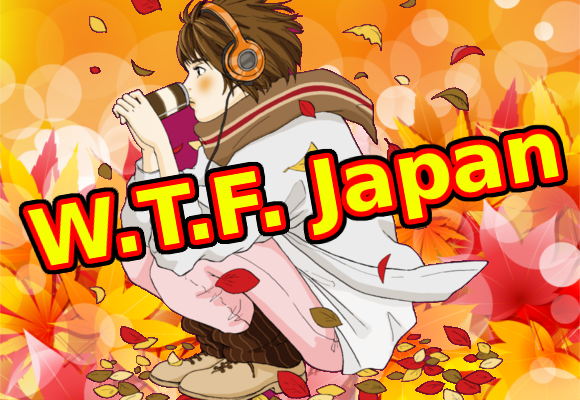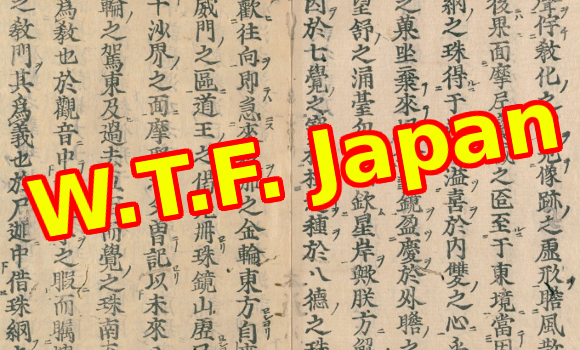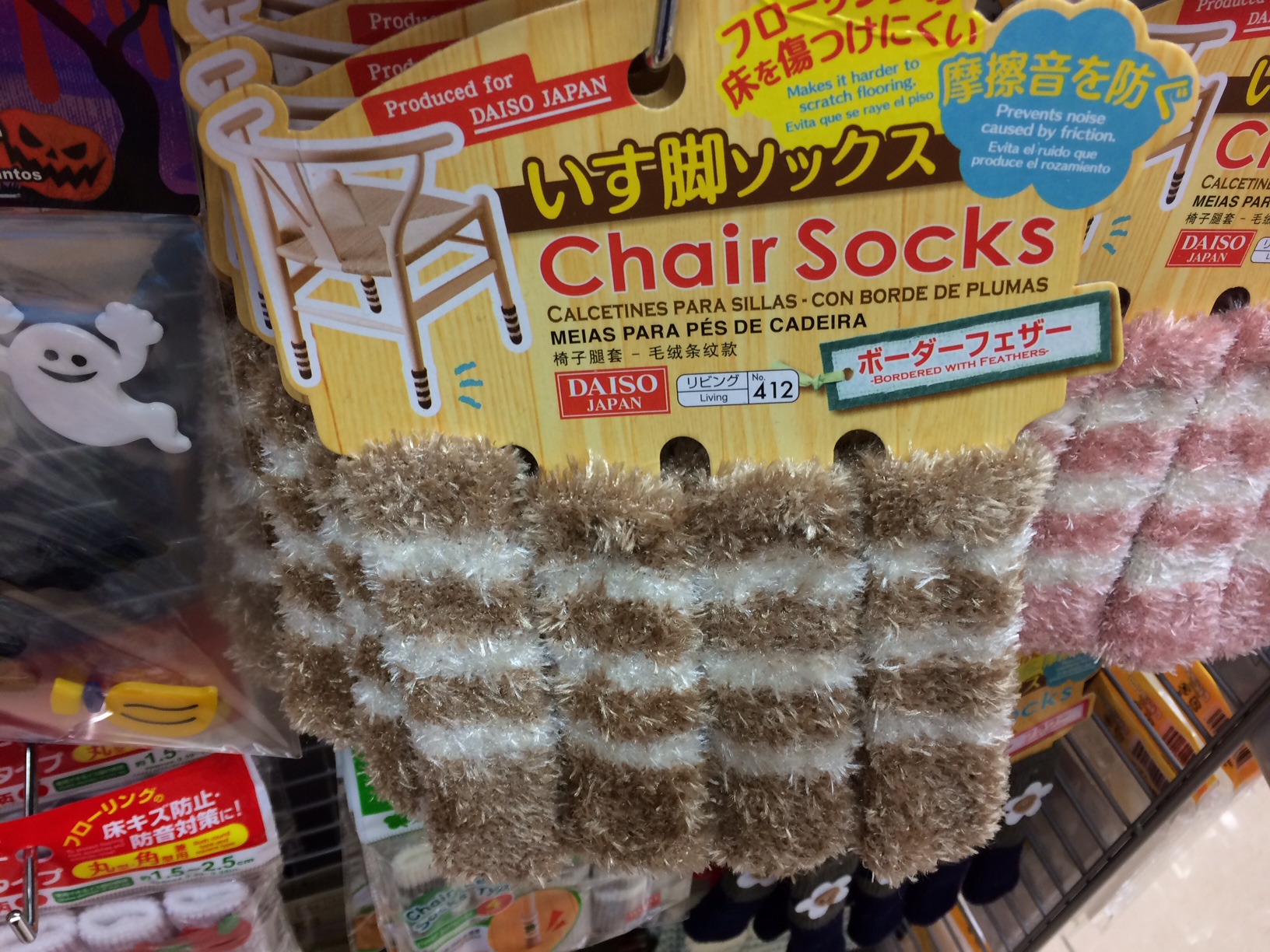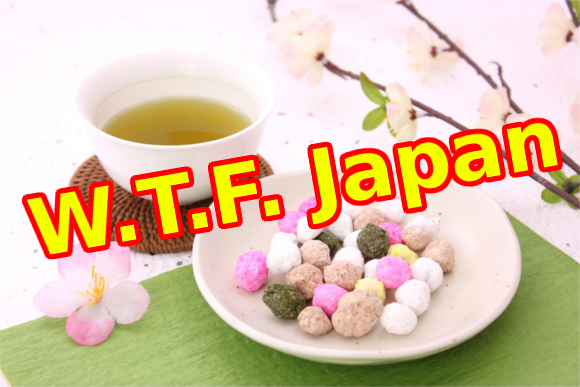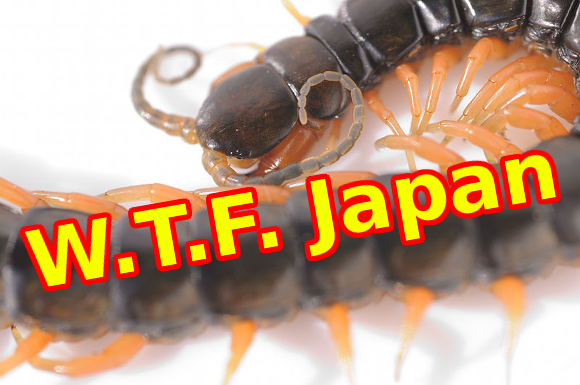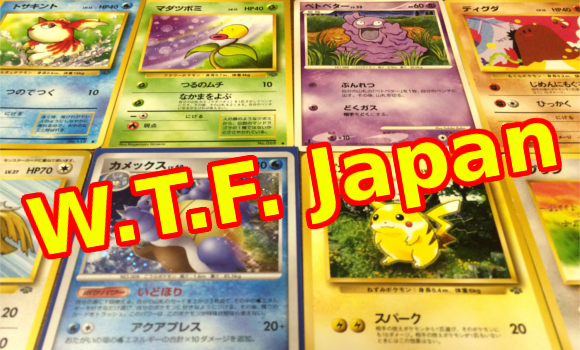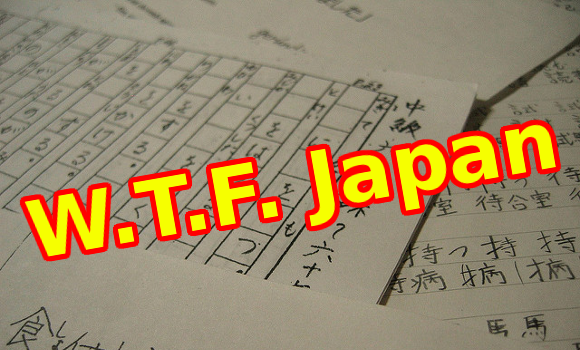This week for my RocketNews24 W.T.F. Japan article, I wrote about the top five Japanese autumn foods. I’ve been wanting to do a few articles about food here in Japan, but none of them really felt “weird” enough to be part of the “Weird Top Five” series.
My editor suggested I just change the “W” to stand for something else for a singe article, so after a lot of soul-searching and Google-searching, I came up with “Well-Fed” instead.
The article is still similar in tone to my previous articles, but it’s a little bit different, so we’ll see how it goes. Maybe there will be more Well-Fed Top Fives in the future, maybe there will be none – it all depends on those sweet, sweet clicks.
So if you want to know what autumn is all about in Japan, check it out!
